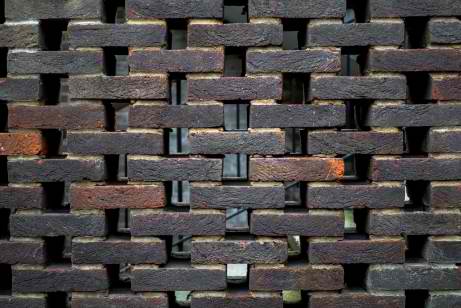Convergence Creates Porous Walls in Infrastructure Networks
 You wake up one morning, stumble out of bed in search of your usual cuppa to start the day. You flick on the kettle; there is no electricity. You mutter under your breath, decide to take a shower and deal with the electricity later. A trickle of water is all that flows from the low-pressure rose in your shower recess. You’re annoyed now. You decide to head to a nearby café for coffee and a danish, and maybe local supermarket for milk, fresh bread. The café is also experiencing a power outage, the supermarket in darkness too, as well as having had no early morning deliveries to re-stock shelves. You scratch your head and wonder if you’re starring in a dystopian drama series.
You wake up one morning, stumble out of bed in search of your usual cuppa to start the day. You flick on the kettle; there is no electricity. You mutter under your breath, decide to take a shower and deal with the electricity later. A trickle of water is all that flows from the low-pressure rose in your shower recess. You’re annoyed now. You decide to head to a nearby café for coffee and a danish, and maybe local supermarket for milk, fresh bread. The café is also experiencing a power outage, the supermarket in darkness too, as well as having had no early morning deliveries to re-stock shelves. You scratch your head and wonder if you’re starring in a dystopian drama series.
It might seem like a nightmare, but according to a report released by Australian Strategic Policy Institute (ASPI) on Monday 5th August, Australia’s critical infrastructure is at concerning risk levels, due to the convergence between the digital and physical worlds.
In the report, entitled Protecting critical national infrastructure in an era of IT and OT convergence, Ravij Shah notes since the advent of Internet of Things (IoT) more and more devices are connected, creating the ‘convergence of IT (Information Technology) and OT (Operational Technology)’. This merging of technology systems creates a porous wall through which a potential cyberattack can leak, leading to a threat to our way of life.
A cyberattack on our OT systems is not relegated to drama stories. It is real and there ‘have already been many publicly reported attacks’, Shah advises. These attacks have, to date, not crippled the nation’s infrastructure, however the threat is real. Our country’s system and safety conceivably could come under attack by a disgruntled saboteur.
The way to protect our critical infrastructure, according to Shah, is by proactive methods. It is through effective sharing of cyber risk information, tools and knowledge, and guidance in best-practice methods between boards and management. In taking action now and protecting our critical infrastructure with strong asset management principles, we lessen the risk of cyberattacks.
To access the report in its entirety, click here.
